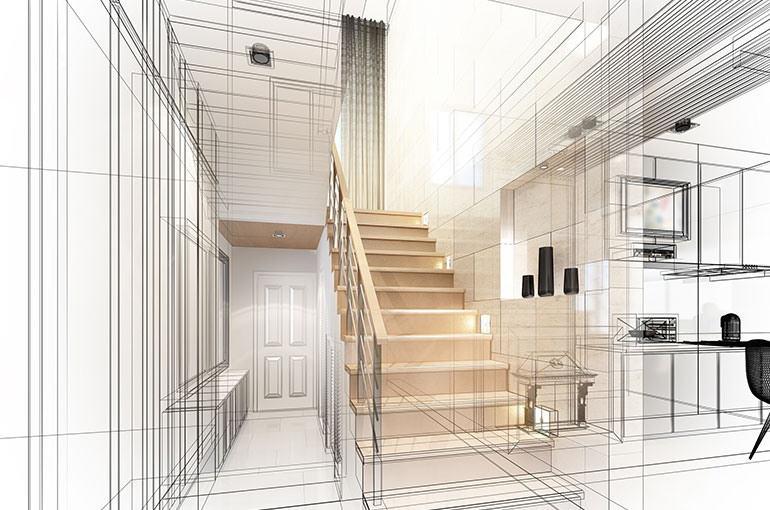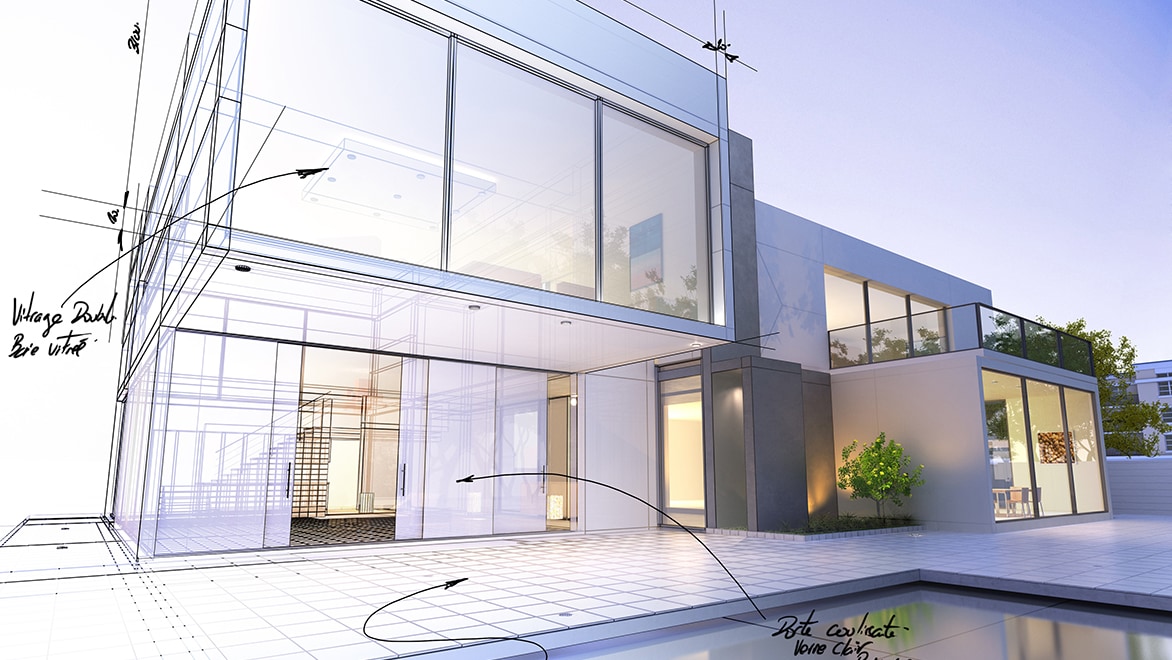How CDA Architects Supply Cutting-Edge Solutions for Lasting Architecture
Wiki Article
A Comprehensive Review of Building Designs and Their Influence on Modern City Planning and Growth
Building styles have actually long worked as a mirror to the societal values and technical developments of their time, playing an essential function in forming modern city planning and advancement. From the grandeur of Neoclassicism to the practical approach of Brutalism, each design has actually presented unique ideas that affect urban visual appeals and capability. As contemporary challenges arise, consisting of sustainability and community demands, comprehending these historical structures comes to be necessary. The resulting dialogue not only educates future layout techniques yet likewise increases pertinent questions concerning the balance in between heritage and technology in our progressing city landscapes.Historical Introduction of Architectural Styles

As cultures transitioned through the Middle Ages, Gothic style arised, identified by its verticality and elaborate detailing, matching the spiritual ambitions of the period. The Renaissance noted a rebirth of classic perfects, merging art and design in innovative manner ins which affected subsequent styles across Europe.

Today, architectural styles continue to develop, driven by globalization and sustainability concerns, showing a dynamic interaction between heritage and advancement. This historical summary highlights the importance of architecture as a mirror of societal development and as a stimulant for metropolitan growth.
Secret Architectural Styles Explained
The variety of architectural styles reflects the myriad influences that form our constructed atmosphere, each embodying unique features and social significances. Secret building designs include Timeless, Gothic, Baroque, Innovation, and Postmodernism, each standing for unique historical contexts and visual approaches.
Classical architecture, rooted in ancient Greece and Rome, stresses symmetry, proportion, and using columns (cda architects). In contrast, Gothic design, growing between Ages, is identified by pointed arches, ribbed safes, and flying buttresses, producing a spiritual top quality in sanctuaries. Baroque design, emerging in the 17th century, is marked by grandeur, intricate embellishment, and a vibrant interaction of light and darkness
Innovation, which gained momentum in the early 20th century, prioritizes function over form, utilizing new materials like steel and glass to develop minimal frameworks. Postmodernism, reacting versus the austerity of Modernism, welcomes eclecticism and historic recommendation, usually including spirited components and paradox.

Influence On Urban Planning
Fit the development of cities, architectural styles significantly influence city planning choices. The option of architectural design usually dictates the visual appeals, performance, and total personality of metropolitan atmospheres. For example, modernism, with its focus on minimalism and performance, urges open areas and the assimilation of technology, shaping city formats that prioritize efficiency and availability. Conversely, conventional styles may stress historic conservation, resulting in urban styles that preserve cultural heritage and promote pedestrian-friendly atmospheres.Additionally, architectural styles can impact zoning policies and land make use of plans. Urban planners should take into consideration the dominating building patterns when developing districts, making sure that new advancements balance with existing frameworks. This factor to consider cultivates natural urban landscapes and enhances area identification.
The application of particular architectural designs can also affect socioeconomic variables within a city. For instance, high-end modern styles may attract affluent homeowners and organizations, resulting in gentrification, while more budget friendly real estate services could prioritize sensible and lasting layouts to fit varied populaces. Eventually, the interplay between architectural styles and urban planning develops dynamic cities that reflect both historic context and contemporary demands, shaping the lived experiences of their occupants
Sustainability and Modern Architecture
Architectural styles play an essential function in dealing with modern obstacles, specifically in the realm of sustainability. As their website metropolitan areas expand and environmental concerns increase, modern architecture increasingly welcomes lasting layout concepts that focus on power effectiveness, source conservation, and marginal eco-friendly influence.Contemporary architectural activities, such as biophilic design and green style, supporter for frameworks that integrate with their surroundings, using all-natural products and promoting biodiversity. These styles usually incorporate renewable resource resources, such as photovoltaic panels and wind turbines, to minimize reliance on nonrenewable fuel sources and lower carbon impacts.
Furthermore, the combination of sophisticated modern technologies, such as clever structure systems, enhances energy management, maximizing resource usage while guaranteeing owner comfort. Cutting-edge water administration strategies, consisting of rainwater harvesting and greywater recycling, additional add to lasting urban atmospheres.
Notably, sustainability expands past ecological problems; it encompasses social and economic dimensions. By promoting neighborhood wellness and advertising inclusivity, modern building designs align with sustainable development goals. The advancement of architectural practices continues to form resistant cities that not just satisfy the requirements of the present but also click for info guard the future for generations to come.
Community Interaction in Design
Neighborhood engagement in style acts as an essential bridge in between engineers and the populaces they serve, making sure that the built atmosphere mirrors the demands and aspirations of its users. This collective process invites community participants to add their understandings and preferences, fostering a feeling of possession and duty towards the spaces they occupy.Efficient neighborhood interaction employs numerous techniques, such as workshops, surveys, and public discussion forums, to gather varied viewpoints. These strategies assist in a two-way dialogue, permitting designers to recognize neighborhood contexts while empowering citizens to articulate their issues and needs. This inclusivity not just boosts the style high quality however also advertises social equity by attending to the one-of-a-kind challenges encountered by marginalized teams.
Additionally, neighborhood engagement can lead to ingenious solutions that might not arise in a traditional layout process. By incorporating neighborhood knowledge and social values, designers can create spaces that resonate even more deeply with individuals, boosting use and sustainability. Inevitably, focusing on area interaction in style procedures causes settings that nurture social communications, assistance health, and strengthen neighborhood connections, therefore playing a critical function in forming modern urban landscapes.
Conclusion
Building styles have exceptionally affected contemporary city planning and development, showing developing social and technical contexts. As cities continue to grow and adapt, the ongoing dialogue in between architectural heritage and modern style principles will certainly remain essential in creating inclusive, vibrant areas that enhance high quality of life and promote social equity.Report this wiki page